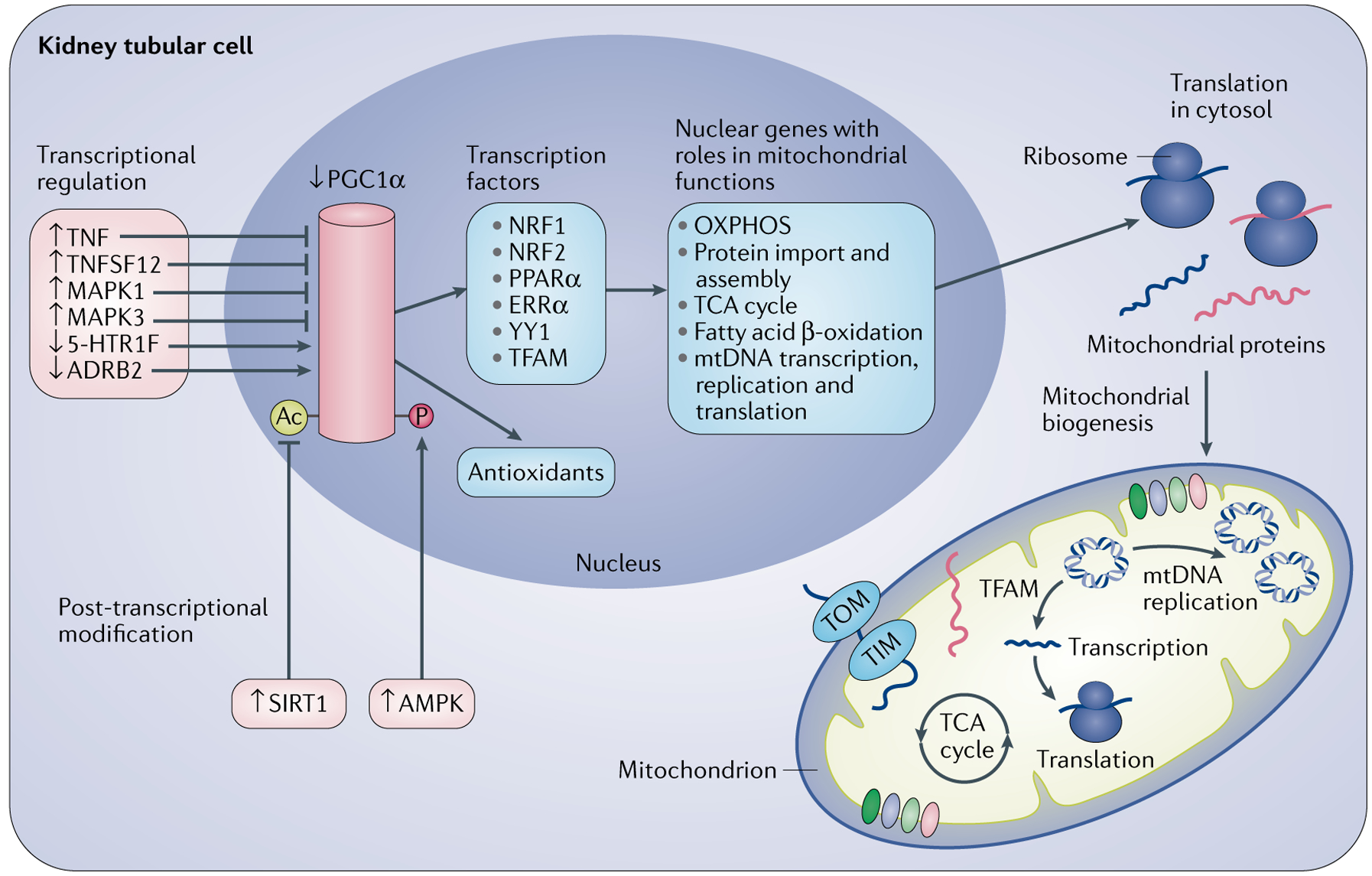Fig. 5 |. Regulation of mitochondrial biogenesis during AKI and repair.

Peroxisome proliferator-activated receptor-γ co-activator 1α (PGC1α) is the master regulator of mitochondrial biogenesis. PGC1α activates the expression of transcription factors that transactivate nuclear genes for fatty acid β-oxidation, the tricarboxylic acid (TCA) cycle, oxidative phosphorylation (OXPHOS), mitochondrial DNA (mtDNA) transcription, replication and translation, and mitochondrial protein import and assembly. Transcription factor A, mitochondrial (TFAM) specifically regulates mitochondrial genome replication. The nuclear gene-encoded proteins are transported into mitochondria through translocase of the outer membrane (TOM) and translocase of the inner membrane (TIM). Acute kidney injury (AKI) and repair are associated with the upregulation of tumour necrosis factor (TNF) and tumour necrosis factor ligand superfamily member 12 (TNFSF12), activation of mitogen-activated protein kinase 1 (MAPK1) and MAPK3, and downregulation of 5-hydroxytryptamine receptor 1F (5-HT1F), which suppress PGC1A transcription. β2 adrenergic receptor (ADRB2) positively regulates PGC1A transcription. Sirtuin 1 (SIRT1) and AMP-activated protein kinase (AMPK) activate PGC1α through deacetylation and phosphorylation, respectively. PGC1α also regulates the expression of antioxidant proteins, such as superoxide dismutase and glutathione peroxidase. ERRα, oestrogen-related receptor-α; NRF1, nuclear respiratory factor 1; NRF2, nuclear factor erythroid 2-related factor 2; PPARα, peroxisome proliferator-activated receptor-α.
